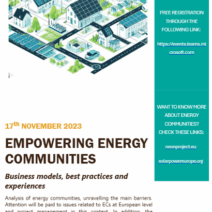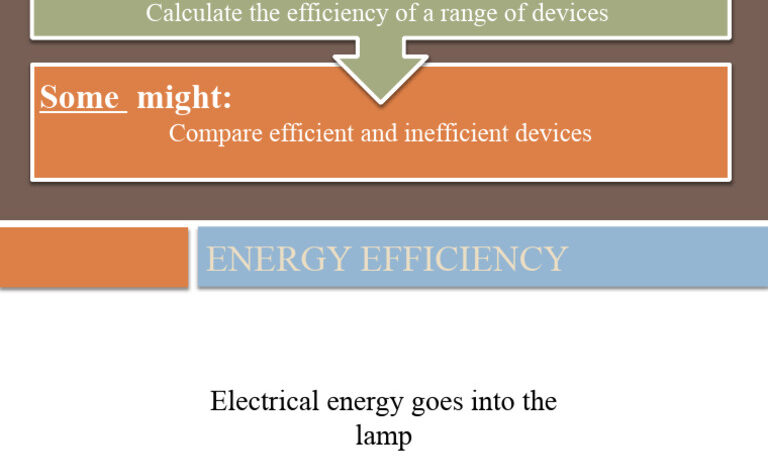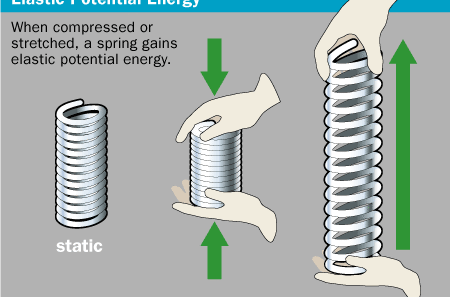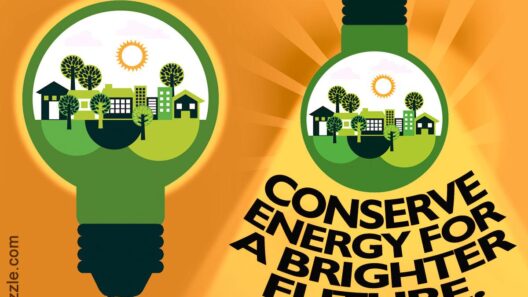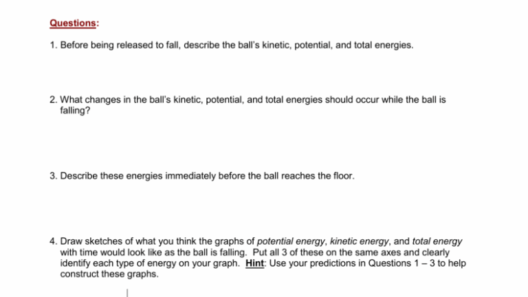Energy conservation is a critical component in the global effort to combat climate change and achieve sustainability. The diverse strategies for conserving energy not only manifest in residential and commercial practices but also pervade industrial applications, thereby highlighting a spectrum of approaches to efficiency. Understanding the myriad types of energy conservation helps elucidate their practical implications and overarching significance in our lives.
At its core, energy conservation embodies the judicious use of energy to curtail unnecessary waste. This primarily involves actions aimed at reducing energy consumption without sacrificing performance or comfort. There are several distinct pathways to achieve energy conservation, each characterized by unique methodologies and applications.
1. Behavioral Conservation
Behavioral conservation entails altering day-to-day habits to reduce energy usage. This can include simple actions such as turning off lights when leaving a room, unplugging devices that are not in use, and optimizing thermostat settings. Despite its apparent simplicity, the impact of these behavioral modifications can be substantial. Educating individuals on energy-efficient practices often yields immediate results, reinforcing the notion that even minor changes can foster significant cumulative benefits.
2. Technological Advances
The integration of advanced technologies into the energy conservation landscape represents a formidable avenue for enhancing efficiency. Innovations such as LED lighting, smart thermostats, and energy-efficient appliances have transformed ordinary practices. These technologies often utilize sophisticated algorithms and materials aimed at lowering energy consumption. The advent of smart home technologies has allowed for real-time monitoring and control of energy usage, enabling users to make informed decisions that optimally balance convenience with conservation.
3. Passive Solar Design
Passive solar design offers a fascinating intersection of architectural principles and energy conservation. This strategy capitalizes on the sun’s energy to naturally heat and cool spaces. By orienting buildings strategically, utilizing thermal mass, and incorporating proper insulation, architects can significantly reduce reliance on conventional heating and cooling systems. The allure of passive solar design lies in its ability to harmonize the built environment with natural forces, resulting in sustainable dwellings that are both aesthetically pleasing and energy-efficient.
4. Insulation Techniques
Effective insulation plays a pivotal role in energy conservation by forming an impermeable barrier against heat transfer. It minimizes the energy required for heating and cooling, thereby optimizing energy usage. From fiberglass bats to spray foam and reflective materials, various insulation techniques cater to different architectural needs and climatic conditions. Employing advanced insulation methods not only reduces energy expenditure but also enhances comfort and reduces greenhouse gas emissions over time.
5. Renewable Energy Integration
Integrating renewable energy sources into existing energy systems represents a transformative approach to conservation. Solar panels, wind turbines, and geothermal systems provide alternatives to traditional fossil fuels, generating clean energy that diminishes reliance on non-renewable sources. By harnessing natural phenomena, renewable energy not only conserves existing resources but also reduces the carbon footprint associated with energy consumption. This paradigm shift toward sustainability allows communities and individuals to take proactive measures in their energy consumption practices.
6. Efficient Transportation
Transportation is a significant consumer of energy, and adopting more efficient practices is essential for conservation. Through public transit systems, carpooling, biking, and electric vehicles, individuals can dramatically lower their energy use. The development of electric and hybrid vehicles marks a considerable step towards integrating energy conservation into personal transport. By showcasing the myriad options available for moving from one place to another efficiently, society can collectively mitigate the impacts of energy consumption linked with transportation.
7. Industrial Energy Management
Industries are often large consumers of energy, making industrial energy management essential for comprehensive conservation efforts. Techniques such as energy audits, process optimization, and utilizing waste heat recovery systems can significantly enhance efficiency. Embracing management strategies not only benefits the environment by minimizing waste but also leads to substantial cost savings for businesses. The competitive advantages associated with adopting sustainable practices elevate energy management from a necessity to a strategic play in the market.
8. Policy and Regulation
Governmental policies and regulations play a crucial role in promoting energy conservation. Initiatives such as energy performance standards, tax incentives for energy-efficient products, and building codes aimed at reducing energy use create a framework that encourages conservation practices. These regulations are instrumental in fostering an environment where energy efficiency is not only viable but also desirable. Public awareness campaigns disseminating information on energy-saving practices can further enhance community engagement in conservation efforts.
9. Circular Economy Practices
The principles of a circular economy, which champions the reuse and recycling of materials, serve as a foundational approach to energy conservation. By minimizing resource extraction and waste generation, circular practices inherently reduce energy consumption throughout the product lifecycle. This approach encourages the creation of more sustainable products and reduces the demand for energy-intensive raw materials. The ethos of a circular economy reflects a holistic strategy aligning economic growth with energy efficiency and environmental stewardship.
Each type of energy conservation generates a ripple effect, emphasizing interconnectedness and the pursuit of efficiency across various domains. Engaging in energy conservation does not merely contribute to individual savings; it underscores a collective responsibility toward sustainability. The appeal in energy conservation lies in its multifaceted nature—the diverse strategies available create innumerable opportunities to make a meaningful difference.
Moving forward, fostering an environment where energy conservation is prioritized will be paramount. Individuals, businesses, and governments must work collaboratively to elucidate the significance of energy-efficient practices, ensuring a sustainable future that balances ecological integrity and human advancement.

